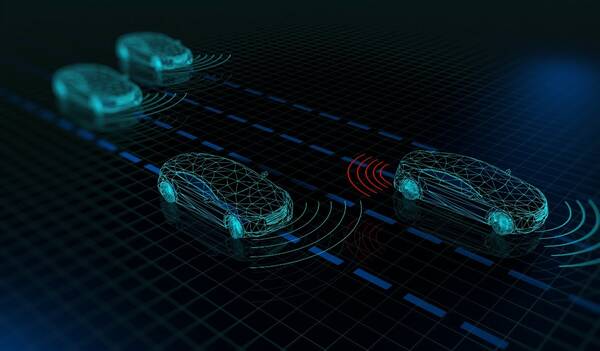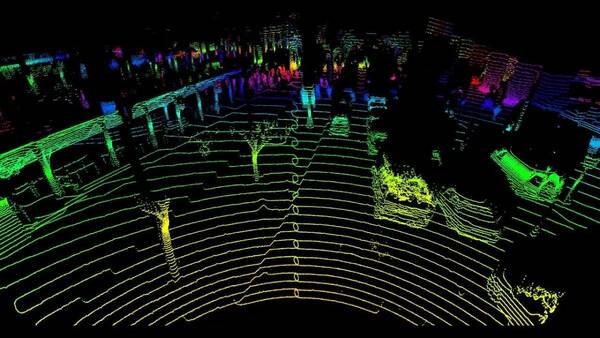LiDAR, You Can Drive My Car—Sensing Systems for Self-Driving Vehicles
Self-driving cars work, essentially, thanks to the presence of systems that allow a vehicle to “see” its surroundings. Replacing the ability of a human driver to spot objects, read traffic signals, and judge speed and distance is no easy task. Your car may already be equipped with back-up warning systems, parking cameras, or automatic braking for collision avoidance, but these are just support systems; you remain in control of the vehicle. Fully self-driving (autonomous) cars are still in the experimental stages. There are two types of sensor systems needed:
- Proprioceptive Sensors – responsible for monitoring the vehicle’s internal state, for example, measuring wheel speed, inertia, and sensing driver attentiveness
- Exteroceptive Sensors – sensors attuned to a vehicle’s external surroundings, for example, judging object distance.
LiDAR (Light Detection And Ranging) is one of those exteroceptive systems. A recent article in Optics and Photonics News describes how next-generation LiDAR will play a vital role in visual navigation systems for the self-driving vehicles of the future. LiDAR (also known as “laser radar”), is a technology that works like radar—bouncing a signal off of an object and measuring the time it takes for the signal to return to calculate distance.
This technology is similar to radar (RAdio Detection And Ranging), which has been in common use since the 1940s, and is based on radio waves. By comparison, LiDAR—which was invented by NASA in the 1960s for measuring distances in space—uses laser pulses as the signal.

Autonomous vehicles use artificial intelligence to process and integrate data from a range of sensor mechanisms, including:
- Camera images
- Microwave radar
- Ultrasonic sensors
- LiDAR
Each of these types of sensors have their own strengths and weaknesses, so combining multiple technologies in one vehicle provides the most complete set of capabilities. Ultrasonic sensors can spot nearby objects, to help with driving tasks like parking and back-up cameras, but have more trouble calculating the position of objects at extended distances. Cameras can capture visible details in the surrounding environment, but can’t measure distances. Microwave radar has limited detail resolution, but it does measure distance and speed.

Image of a vehicle’s surroundings as seen by a self-driving car using LiDAR technology. Watch the full video at The New York Times.
LiDAR can both measure distance and create a point cloud of the local environment. Until now, LiDAR has offered limited range, and comes at a high price, but new developments could give it market viability. Extending LiDAR’s range, and reducing its costs, forms a key challenge for making autonomous driving an everyday reality. To learn more about the function and advantages of LiDAR, check out the full article: “LiDAR for Self-Driving Cars” by Jeff Hecht.
Radiant offers solutions for automotive light and display measurement, as well as 3D sensing technologies like near-infrared (NIR) LEDs, which enable LiDAR technologies. To learn more about measuring the angular radiant intensity and patterns of NIR emitters, contact us to speak to an expert.
And for those of you who noticed the Beatles reference in today's blog post title (or even if you didn't), please enjoy a little Monday Music. Beep beep, beep beep, Yeah!
Join Mailing List
Stay up to date on our latest products, blog content, and events.
Join our Mailing List
